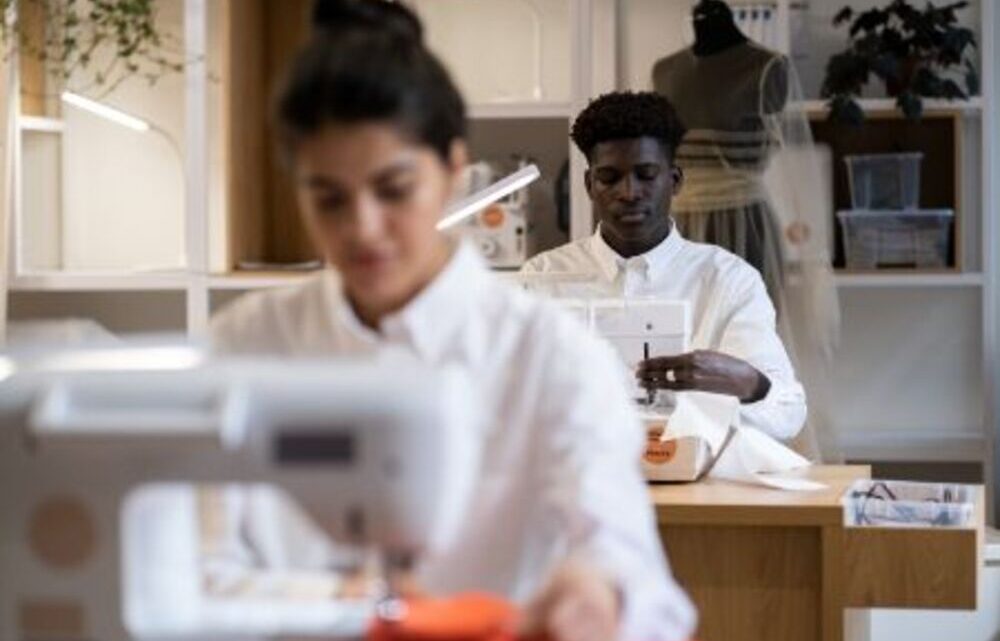
Different Types of Sewing Machines
June 2, 2023Some machines are durable and multipurpose while others specialize in specific functions only like serger or overlock machines.
Other sewing machines are specifically tailored for upholstery or leather stitching tasks that cannot be accomplished using standard machines. These specialized models may offer better performance for these jobs.
Mechanical
Many households still utilize mechanical sewing machines at home. These models are easy to operate, featuring no display screen and all settings controlled using knobs or dials – an excellent choice for beginner sewists looking to avoid complex technology.
Computerized sewing machines feature faster stitching speeds and are ideal for professional workflow. However, they may be more expensive and include features that might not even apply to you; therefore, it would be wise to test several types of machines to find one you prefer. If you’re in the market for a sewing machine to add to your collection, there are numerous different models of embroidery machine for beginners from which you can choose.
Be on the lookout for machines with top drop-in bobbins as this will save time by not needing to open and close storage compartments. Check for those equipped with free arm capabilities allowing you to sew circles or other shapes more easily; some machines even offer one-step buttonhole functions!
Electronic
Modern electronic machines feature computers connected directly to motors that move the needle bar up and down and side to side for precise stitch patterns, offering fine control and more precise sewing. This provides for fine control and precise stitching.
Electronic sewing machines provide users with multiple functions and stitches they can select with the push of a button, including stitch type, length and tension settings. Some even include screens to display information like these on your machine. Unfortunately, electronic machines tend to be more costly than their mechanical counterparts.
Selecting between mechanical and computerized machines comes down to personal choice and budget considerations. Many sewists prefer the simplicity and affordability of mechanical machines over those offering more features or functions, such as computerized ones.
Computerized
Computerized sewing machines use a built-in computer system to automate operations, create precise stitches and more. They typically offer an assortment of decorative stitches as well as many automatic buttonhole stitch types; users may also download embroidery patterns allowing for personalized monograms or designs of their own making.
Complex electronics make these machines more challenging to understand and maintain than mechanical ones, often increasing maintenance and learning costs significantly. Furthermore, computerized machines tend to cost more.
Keep in mind that your choice of sewing machine should depend on how and what you plan to sew. Mechanical machines will do for simple projects and alterations; if you want to advance in your sewing abilities further though, consider opting for a computerized model – they will save both time and frustration in the long run – plus produce professional-quality results! Computerized models also tend to be more efficient making them ideal for semi-professionals sewing large volumes.
Vintage
Vintage sewing machines are not only stunning to look at but they work just as effectively. Vintage machines are made with sturdy metal construction which withstands regular use without issue.
If you are considering the purchase of an old machine, there are a few points to keep in mind when doing so. First and foremost is knowing exactly which brand your machine belongs to; older machines typically feature their brand on an easily visible brass trademark badge at the top. Singer, White, Wilcox Gibbs National and New Home machines are among the most commonly seen as well as foreign manufacturers like Pfaff from Germany and Elna from Switzerland – these brands usually can be easily identified when looking at older machines.
As part of your research, it’s also a good idea to identify whether your machine has a serial or model number in order to ascertain its age and find out when its production dates occurred. ISMACS maintains an online list with vintage models with dates of production available on its website.
